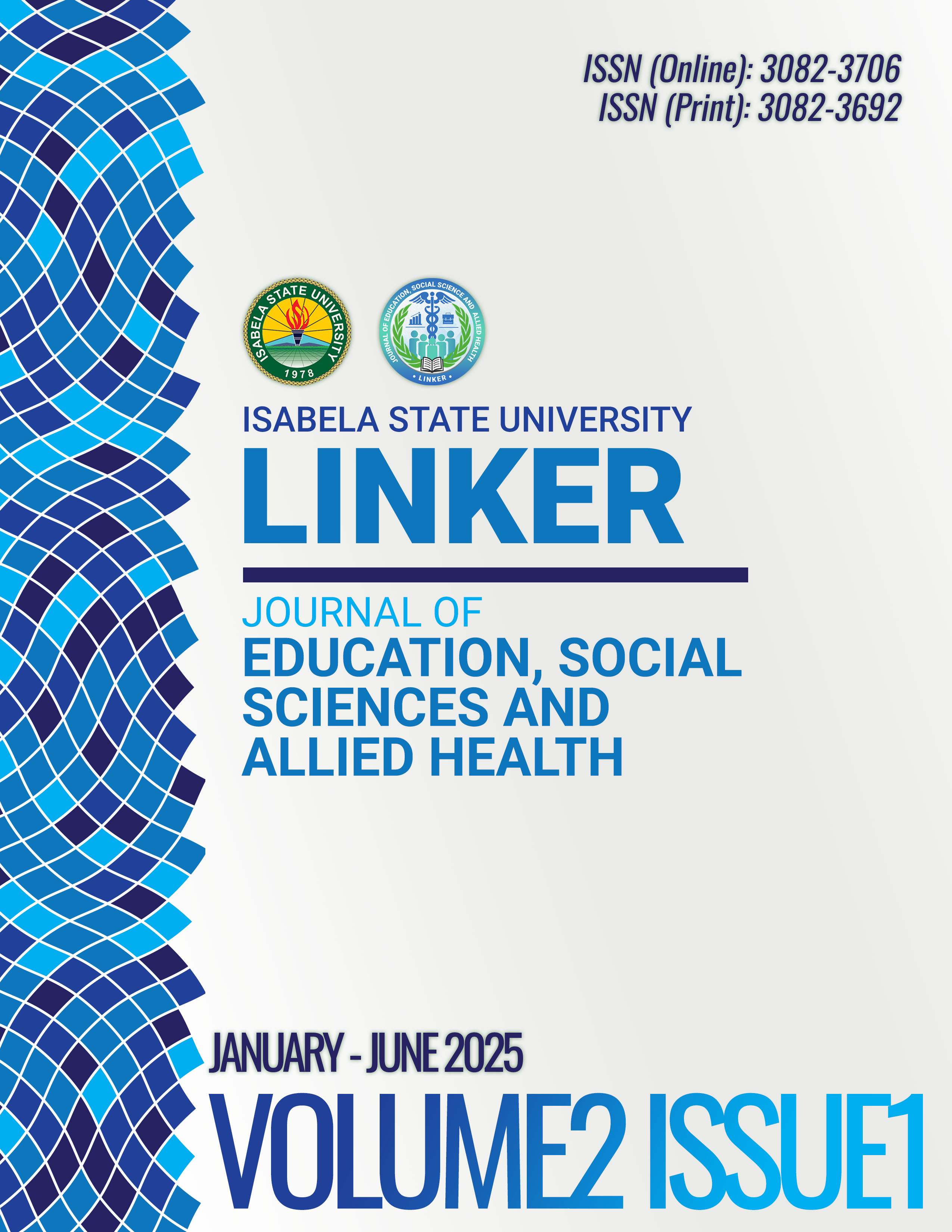Efficiency and Effectiveness of Utility Billing Management System (UBMS) in the Collection of Electric Services
DOI:
https://doi.org/10.65141/jessah.v2i1.n7Keywords:
system effeciency, system effectiveness, operational management, digital transformation, user perception, utility billing systemAbstract
This study aimed to assess the efficiency and effectiveness of the Utility Billing Management System (UBMS) in supporting billing and collection processes in a rural electric cooperative. Motivated by the growing demand for digital solutions in utility operations and the challenges faced in billing accuracy and resource management, the research addressed the need for evaluating system performance in a real-world context. Employing a descriptive-correlational design, data were collected using structured questionnaires distributed to employees involved in UBMS operations. Statistical tools such as frequency and percentage, weighted mean, Kruskal-Wallis test, and One-Way ANOVA were utilized to analyze the responses. The study identified functional strengths of the UBMS in terms of usability, portability, efficiency, and reliability, as well as its positive impact on resource utilization and operational management. However, issues such as billing statement errors and limited user training emerged as key implementation challenges. The findings support the development of targeted training programs and continued system investment. Future research may explore the potential contributions of the UBMS in improving collection efficiency and strategic planning.
References
Bautista, C., & Valderrama, H. A. (2012). Efficiency analysis of electric cooperatives in the Philippines. Philippine Management Review, 19, 29–48.
Lavado, R. F., & Barrios, E. B. (2008). Spatial–temporal dimensions of efficiency among electric cooperatives in the Philippines (PIDS Discussion Paper Series No. 2008-29). Philippine Institute for Development Studies.
Posadas, R. C., & Cabanda, E. (2011). Assessing productivity performance of regional electric cooperatives in the Philippines. International Business & Economics Research Journal, 6(8), 47–58.
Wang, Y., Chen, Q., Hong, T., & Kang, C. (2018). Review of smart meter data analytics: Applications, methodologies, and challenges.
Downloads
Published
How to Cite
Issue
Section
License
Copyright (c) 2025 Isabela State University Linker: Journal of Education, Social Sciences and Allied Health

This work is licensed under a Creative Commons Attribution 4.0 International License.








